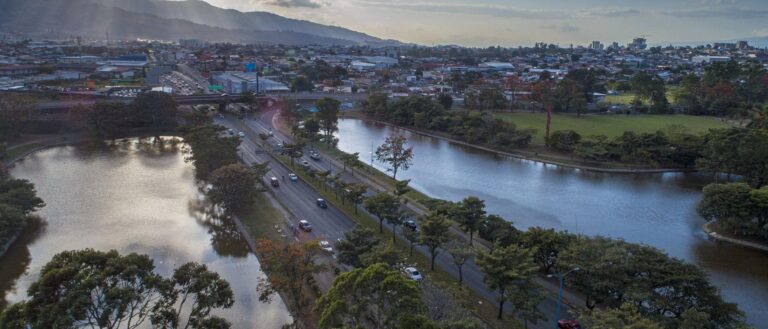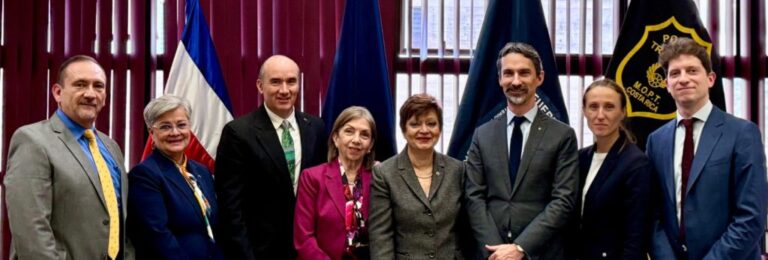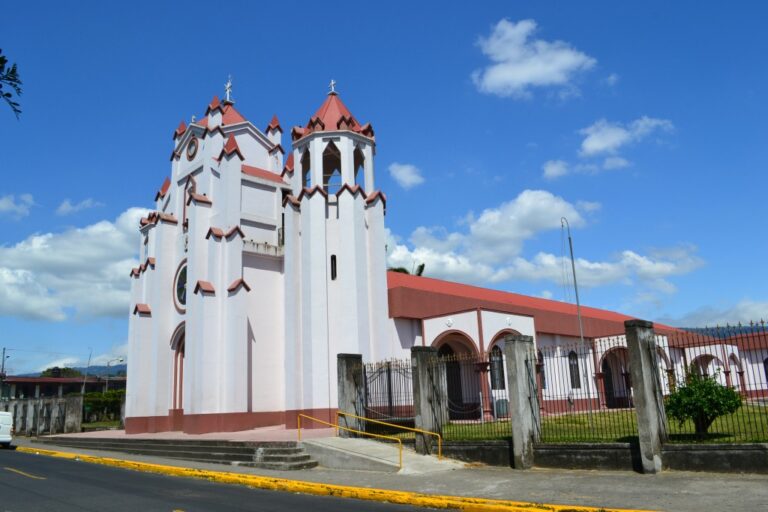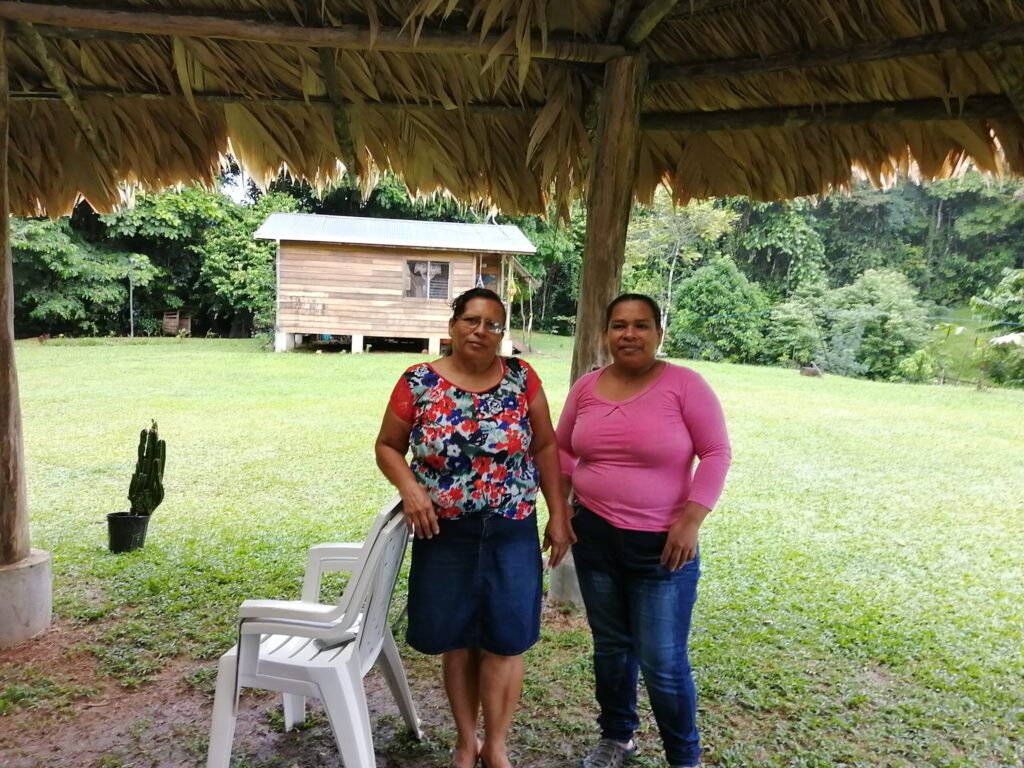SAN JOSÉ – Costa Rica’s National System of Conservation Areas (SINAC) has taken a decisive technical and environmental step by officially declaring the existence of 130 hectares of wetland in the Coris Valley, Cartago.
Through resolution ACC-SINAC-P-RES-050-2025, the Central Conservation Area (ACC) brings this vital ecosystem, which had remained without legal protection for years despite its strategic importance for the water supply of the Greater Metropolitan Area (GAM), out of “cartographic invisibility.”
The declaration is the result of exhaustive technical studies confirming the hydrological characteristics, soil type, and vegetation typical of a wetland. This recognition comes after years of warnings from environmental groups and academia about the risks the area faced.
The Strategic Importance of the Coris Wetland
The relevance of this declaration lies not only in the protection of biodiversity but in its direct connection to the Coris Aquifer. This underground aquifer is one of the most important drinking water reserves in the province of Cartago and a crucial source for supplying the GAM.
Experts point out that the newly delineated wetland functions as a “water factory” and a protective shield for this aquifer.
Its ecosystem services are key:
- Hydric Recharge: It acts as a natural sponge that receives rainwater, filters it slowly through its soils, and recharges the aquifer, ensuring the quality and quantity of the groundwater.
- Flood Control: In a valley prone to hydrometeorological events, the wetland absorbs large volumes of water, mitigating the risk of floods in the lower areas of the Reventazón River basin.
- Biodiversity and Climate: It serves as a vital refuge for migratory birds and local fauna, in addition to functioning as a carbon sink, contributing to climate action.
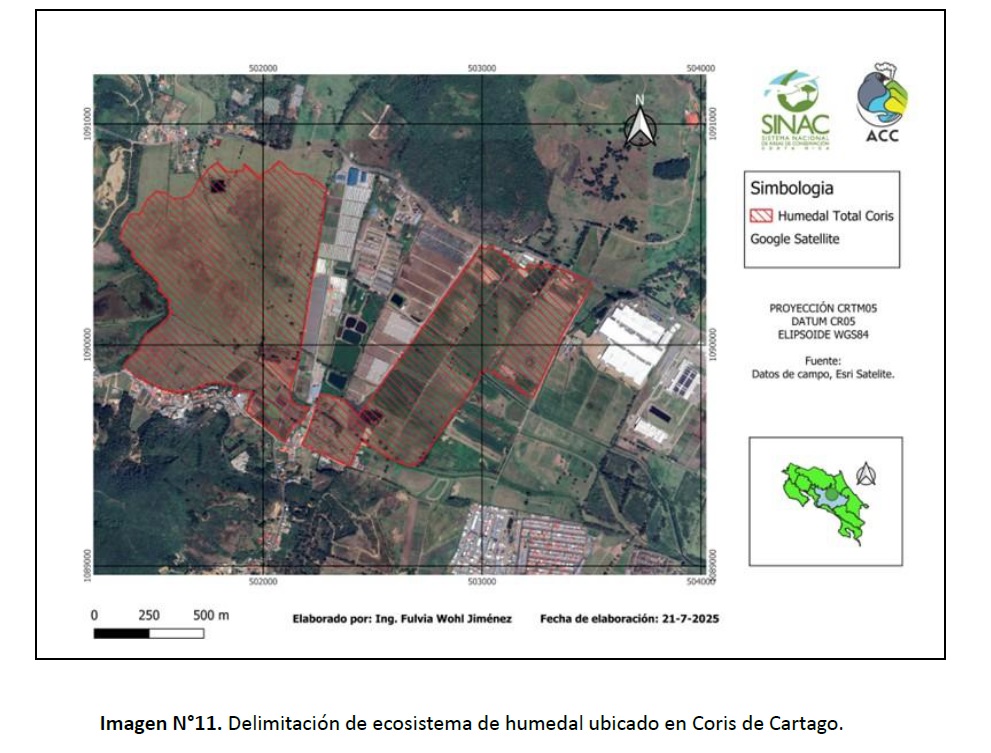
Years of Lacking Protection and Latent Threats
This declaration ends a long history of vulnerability. As far back as 2011, there was a proposal to declare the area as a “Mountain Lacustrine Wetland,” but the initiative did not move forward, leaving these lands in legal limbo.
During this time, the main threat has been urban and industrial expansion. The Coris Valley is considered a key development hub for Cartago, attracting the construction of industrial parks and large housing projects.
Without an official delimitation, the wetland was exposed to drainage, landfilling, and contamination from wastewater or industrial chemicals—actions that would have irreversibly compromised the water quality of the Coris Aquifer.
The True Meaning of the Declaration
It is crucial to understand what this SINAC resolution implies. It is not, for now, the creation of a new Protected Wildlife Area (ASP), such as a national park or a wildlife refuge.
It is a technical recognition that confirms the area meets the conditions of a wetland. However, this step immediately activates the protection granted by the Organic Law of the Environment (No. 7554) and the Water Law (No. 276).
This means that, from now on, activities such as draining the land, filling it for construction, or polluting it are strictly prohibited. The resolution gives SINAC and the Ministry of Environment and Energy (MINAE) the necessary legal tools to monitor and stop any project that threatens the ecosystem’s integrity.
This “technical victory” is the fundamental first step. The scientific community and environmental groups hope this declaration will be the basis for formulating a comprehensive management plan and, eventually, consolidating a more robust protection category, such as a Wildlife Refuge, to perpetually safeguard Cartago’s “blue gold.”







